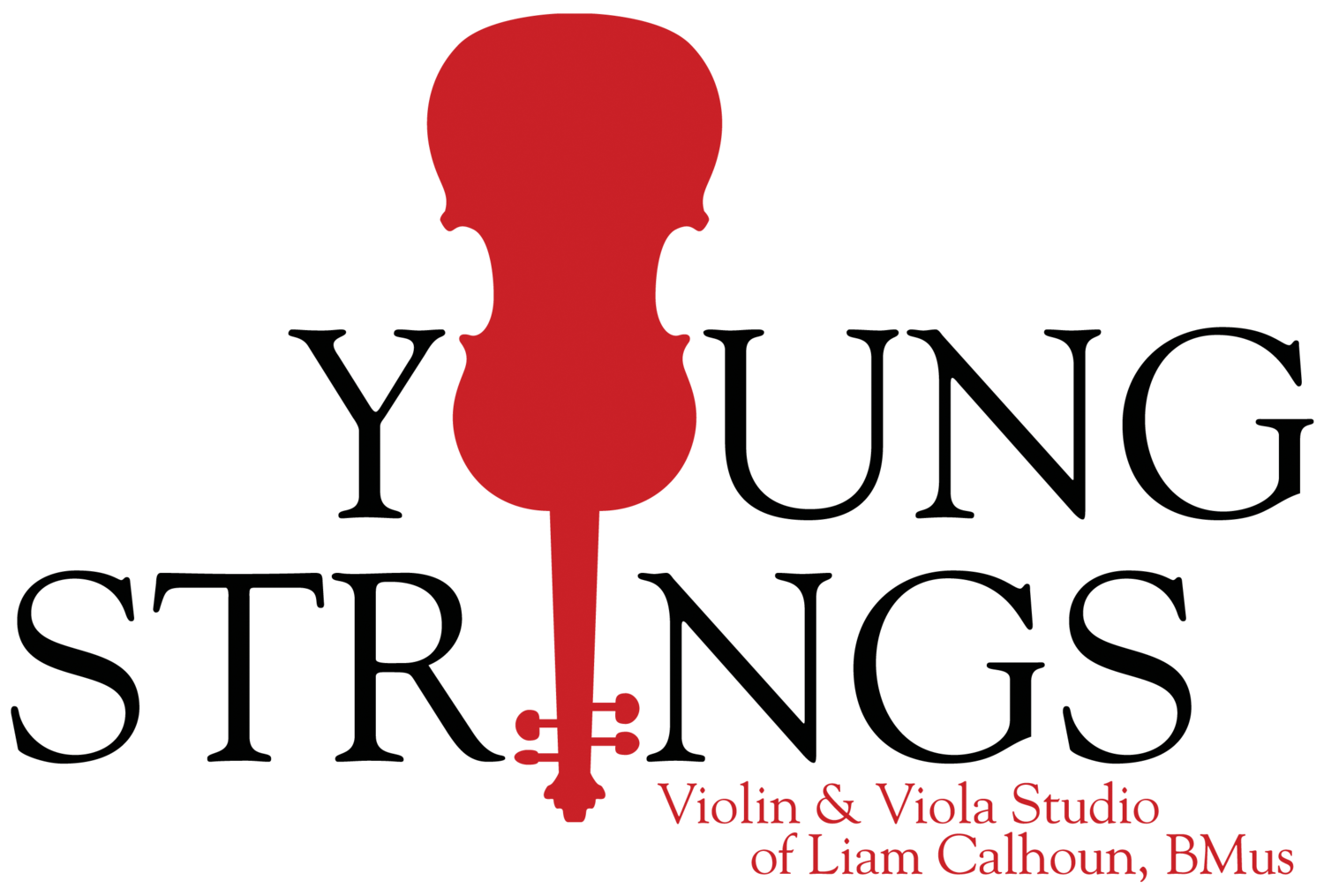Why Every Classical Musician Should Learn to Improvise: Part 1
Sometimes when one is involved in an artistic that requires a high degree of technical prowess, it doesn’t feel like art. Even if your phrasing up to that high G, the climax of the phrase, was executed perfectly, landing on it with poor intonation will surely ruin the whole thing. It’s these sort of things that make can music feel a bit like playing sports, rather than an artistic and creative endeavour. There isn’t much creativity in training for the olympic long jump event - there is a clear objective and a clear path of training with very few variables. Compare this to the objective of “playing great music” – a goal that has an unlimited number of possible trajectories – simple, complex – slow, fast – rehearsed, improvised. In order to play great music, we still need to have enough technique to translate what is in our minds into the sounds coming out of the instrument, but technique should be thought of as a means to an end! We should never lose sight of the real goals of creativity and musicality
Violin competitions - blurring the lines between art and athletics.
This issue of technique vs. creativity is inherent to playing classical music. For the classically trained musician, learning music is based on playing notes exactly as written on the page. Many of these pieces learned in this way are true masterworks by the most famous composers, and this a completely valid way of learning their music – a lot of thought and orchestration has gone into Beethoven’s Violin Concerto, and deciding to change the main theme of the piece for instance, might not be the most appropriate! However, when Beethoven decided to write his piece, it was certainly not immediately fleshed out into a whole orchestra and soloist part in one day. I’m willing to bet that he might have started with one sketch… one basic idea… perhaps the main theme that I mentioned before.
When learning other instruments, a great deal more emphasis is put on making up chord progressions and melodies. This is most common with instruments such as guitar or piano, where it is very easy to play multiple notes at the same time and create harmonic progressions. Learning to improvise and compose music comes very naturally in these types of lessons, as the basic language of writing music is introduced slowly. One can learn a few simple chords as a foundation, and gradually expand upon the harmonic vocabulary available as much as they wish. Improvising melodies goes hand-in-hand with this – following the notes in the chords to decide what possible notes you might use. See how easy it is for a novice guitar student taking lessons in blues or folk to “make up a song”. Ask the same thing of a veteran violin student playing difficult pieces but with no background in creativity and you might be surprised. This was me!
Learning basic diatonic chords is integral to guitar students' education, but often with classical musicians this is left to theory class.
There are many reasons why developing improvisational skills and creativity is so important for music. Even if one never wants to write their own music, being familiar with the creative process gives a different perspective on how an artist came up with what they did. From a composer’s perspective, J.S. Bach taking a 4 note melody without much content and creating a massive fugue from it (Bach’s Art of Fugue) is a great example of squeezing the most music possible out of almost nothing! This perspective is a bit different than the “wall of notes on a page to learn” of a technique-driven classical student.
Mark wood, a Juilliard-trained violinist, has used his incredible technical ability to create fantastic music that emulates speed metal guitarists.
Stay tuned for Part 2 of this post.




